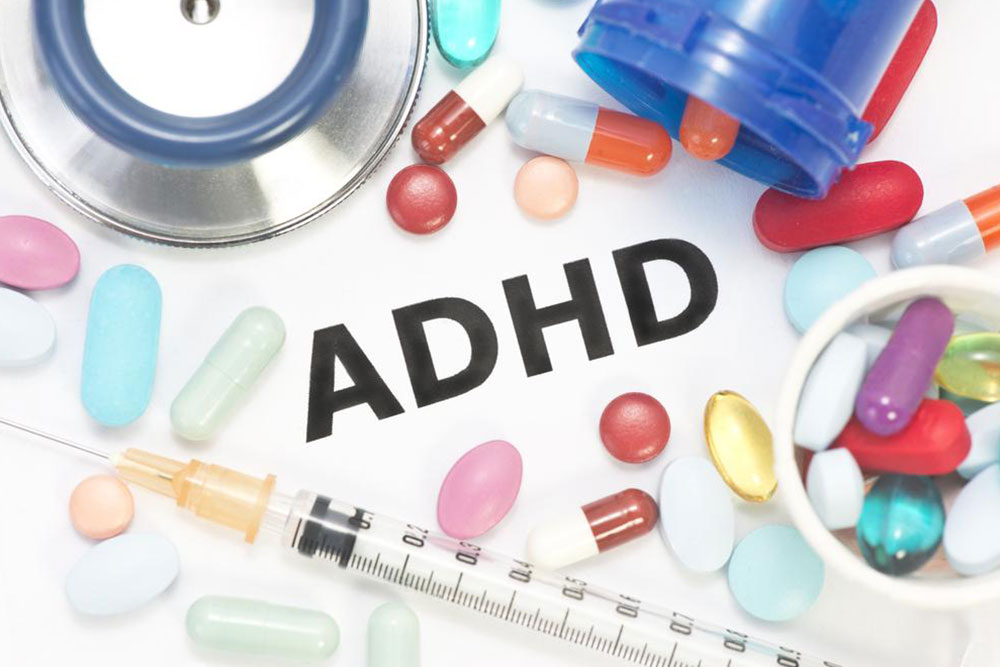Living with ADHD: A Comprehensive Overview
This article provides a thorough overview of ADHD, including causes, symptoms, diagnosis, and management strategies. It emphasizes the importance of early recognition and a combined approach of medication and behavioral therapy. Suitable for parents, educators, and individuals with ADHD, the information aims to promote understanding and effective coping mechanisms for a better quality of life.

Living with ADHD: A Complete Guide
Living with Attention Deficit Hyperactivity Disorder (ADHD)
“Some may see my parenting style as lenient, but constant reprimands undermine my child's self-esteem. I trust my approach and don't seek approval from outsiders.”
— excerpt from Reader’s Digest
ADHD, or Attention Deficit Hyperactivity Disorder, is a prevalent neurodevelopmental condition often identified in children. According to CDC data, approximately 11% of children aged 4 to 17 are diagnosed with ADHD, with boys representing 13% and girls 5%. While the exact cause remains unknown, a combination of factors is suspected.
Effective management of ADHD often involves a combination of medication and behavioral therapy, enabling individuals to function socially and academically.
Who is affected by ADHD?
Adolescents aged 14-17 are particularly vulnerable, but diagnosing ADHD at this stage is challenging since many symptoms overlap with typical teenage behaviors.
Awareness of the signs among families is crucial for early diagnosis and better treatment outcomes.
What contributes to ADHD?
Current research suggests multiple contributing factors.
Genetic links have been identified shared among disorders like schizophrenia, autism, bipolar disorder, and depression.
Environmental influences such as prenatal exposure to toxins, lead or mercury, low birth weight, and brain trauma are also considered risk factors.
Recognizing ADHD symptoms
Symptoms are categorized into inattention, hyperactivity, and impulsivity, which may appear singly or combined.
Children may focus intensely on activities they enjoy but struggle with organization, forgetfulness, and completing tasks, impacting learning.
In adults, symptoms often manifest as poor time management, subpar work quality, and social awkwardness.
Hyperactivity includes restlessness, fidgeting, and an inability to stay still, more noticeable in children but also present in adults.
Impulsivity involves acting without thought, leading to tantrums in children and intrusive behaviors in adults.
Diagnosing ADHD
Diagnosis requires behaviors that are persistent, frequent, and significantly disrupt daily functioning.
No definitive tests exist; diagnosis is based on clinical evaluation and ruling out other conditions.
Input from teachers, family members, and caregivers provides essential information.
Standard tools like DSM criteria and NEBA assessments support diagnosis, especially if symptoms were present before age 12.
Managing ADHD and Treatment Options
Medication, particularly stimulants, is often prescribed to improve neurochemical levels affecting attention and impulse control.
Stimulants increase dopamine and norepinephrine activity, aiding concentration.
Family involvement — providing unconditional love, positive reinforcement, and participating in counseling — plays a vital role.
Behavioral therapies and structured routines help children and adults develop coping skills and discipline.










